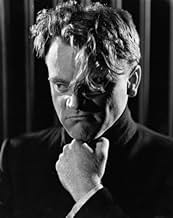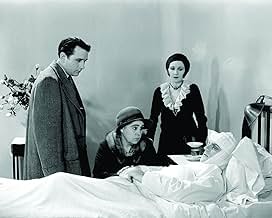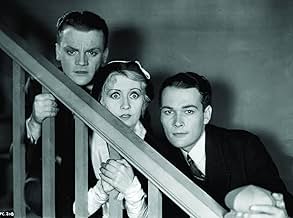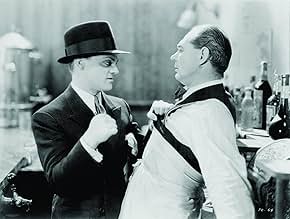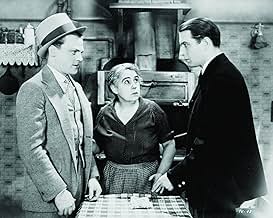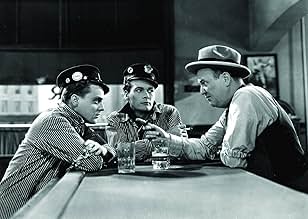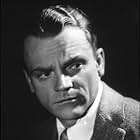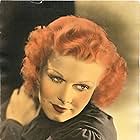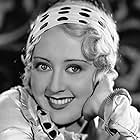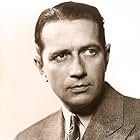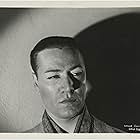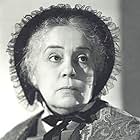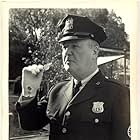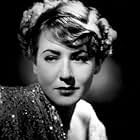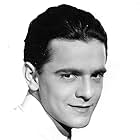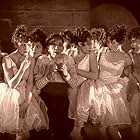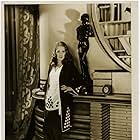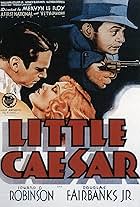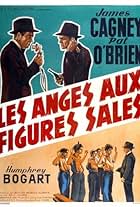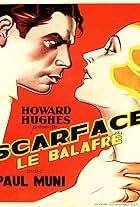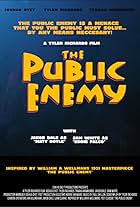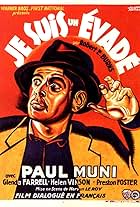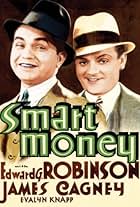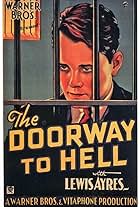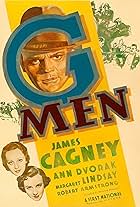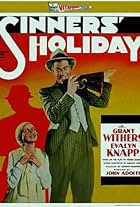NOTE IMDb
7,6/10
24 k
MA NOTE
Un jeune voyou grimpe les échelons de la pègre dans les bas-fonds de Chicago, alors que la mort accidentelle d'un gangster menace de déclencher une guerre des gangs sanglante.Un jeune voyou grimpe les échelons de la pègre dans les bas-fonds de Chicago, alors que la mort accidentelle d'un gangster menace de déclencher une guerre des gangs sanglante.Un jeune voyou grimpe les échelons de la pègre dans les bas-fonds de Chicago, alors que la mort accidentelle d'un gangster menace de déclencher une guerre des gangs sanglante.
- Nommé pour 1 Oscar
- 1 victoire et 1 nomination au total
Robert Emmett O'Connor
- Paddy Ryan
- (as Robert O'Connor)
Lev Abramov
- Goon
- (non crédité)
Clark Burroughs
- Dutch
- (non crédité)
Mae Clarke
- Kitty
- (non crédité)
Frank Coghlan Jr.
- Tom as a Boy
- (non crédité)
George Daly
- Machine Gunner
- (non crédité)
Frankie Darro
- Matt as a Boy
- (non crédité)
Snitz Edwards
- Miller
- (non crédité)
Rita Flynn
- Molly Doyle
- (non crédité)
Dorothy Gee
- Nails' Girl
- (non crédité)
Histoire
Le saviez-vous
- AnecdotesOn the set one day, James Cagney stared at Jean Harlow's nipples and asked, likely in perfect innocence and good humor, "How do you keep those things up?" "I ice them," Harlow said, before trotting off to her dressing room to do just that.
- GaffesIn 1915, when Tom meets Putty Nose at the pool hall, the sign on the wall says "Don't spit of the floor. Remember the Jamestown Flood". It was the city of Johnstown, not Jamestown than had the historic flood.
- Citations
Tom Powers: [Tom stumbles from a gun fight gone wrong with the rival gang. He's barely walking and soaked from the rain] ... I ain't so tough.
[Tom collapses in the gutter]
- Crédits fousIt is the ambition of the authors of "The Public Enemy" to honestly depict the environment that exists today in a certain strata of American life, rather than glorify the hoodlum or the criminal. While the story of "The Public Enemy" is essentially a true story, all names and characters appearing herein, are purely fictional.
- Versions alternativesFor a 1941 re-release, three scenes in "The Public Enemy" were censored to comply with the Production Code. These censored segments (including an extended edit of the scene involving the gay tailor) were restored for the 2005 DVD release.
- ConnexionsEdited into Une allumette pour trois (1932)
- Bandes originalesI'm Forever Blowing Bubbles
(1919) (uncredited)
Music by James Kendis, James Brockman and Nat Vincent
Played at various times throughout the film
Commentaire à la une
"Public Enemy" brought two things to the screen: the little tough guy, fast-talking, unscrupulous gangster characterization by James Cagney which was to follow him throughout his entire screen career, and the grapefruit scene
Though "Public Enemy" created the Cagney image, he had already appeared in two other gangsters films for Warners, as a murderer prepared to let someone else pay for his crime in "Sinner's Holiday," and as a double-crossing hoodlum in "Doorway to Hell."
"Public Enemy," however, was a bigger-budget production, directed by William Wellman, and it contained all the elements of success It is the story of two brothers who become Chicago booze barons in the Twenties... One was Cagney, the other Edward Woods
It is sometimes claimed that the story of "Public Enemy" is based on that of "Little Hymie" Weiss, leader of the North Side Chicago gang after the murder of Dion O'Banion by the Capones in 1924 What is more likely is that the Cagney characterization is based on "Little Hymie"; the plot itself is pure fiction
When Cagney, in his striped pajama, sat opposite Mae Clarke at breakfast and decided he had had enough of this boring broad, he wasted no time He picked up half a grapefruit and planted it full into Clarke's face It was a piece of screen action which has lasted down the years as the ultimate in violence from the gangster to his moll
Of course, it isn't it just seems that way Since then gir1s have been slapped, kicked, beaten up, run over, shot, stabbed and raped, all in the tradition of mobster violence
But at the time this scene was daring, and the more daring because it was totally unexpected We remember Mae Clarke in "Public Enemy," yet forget that Jean Harlow was in it, too There may have been good reason The New York Times, reviewing the film in 1934, commented: "The acting throughout is interesting, with the exception of Jean Harlow, who essays the role of a gangster's mistress."
Cagney made violence and a life of crime magically seductive, and "Public Enemy" made him Warners' number 2 gangster, second only to Edward G. Robinson
Though "Public Enemy" created the Cagney image, he had already appeared in two other gangsters films for Warners, as a murderer prepared to let someone else pay for his crime in "Sinner's Holiday," and as a double-crossing hoodlum in "Doorway to Hell."
"Public Enemy," however, was a bigger-budget production, directed by William Wellman, and it contained all the elements of success It is the story of two brothers who become Chicago booze barons in the Twenties... One was Cagney, the other Edward Woods
It is sometimes claimed that the story of "Public Enemy" is based on that of "Little Hymie" Weiss, leader of the North Side Chicago gang after the murder of Dion O'Banion by the Capones in 1924 What is more likely is that the Cagney characterization is based on "Little Hymie"; the plot itself is pure fiction
When Cagney, in his striped pajama, sat opposite Mae Clarke at breakfast and decided he had had enough of this boring broad, he wasted no time He picked up half a grapefruit and planted it full into Clarke's face It was a piece of screen action which has lasted down the years as the ultimate in violence from the gangster to his moll
Of course, it isn't it just seems that way Since then gir1s have been slapped, kicked, beaten up, run over, shot, stabbed and raped, all in the tradition of mobster violence
But at the time this scene was daring, and the more daring because it was totally unexpected We remember Mae Clarke in "Public Enemy," yet forget that Jean Harlow was in it, too There may have been good reason The New York Times, reviewing the film in 1934, commented: "The acting throughout is interesting, with the exception of Jean Harlow, who essays the role of a gangster's mistress."
Cagney made violence and a life of crime magically seductive, and "Public Enemy" made him Warners' number 2 gangster, second only to Edward G. Robinson
- Nazi_Fighter_David
- 7 mai 2005
- Permalien
Meilleurs choix
Connectez-vous pour évaluer et suivre la liste de favoris afin de recevoir des recommandations personnalisées
Détails
- Date de sortie
- Pays d’origine
- Site officiel
- Langue
- Aussi connu sous le nom de
- The Public Enemy
- Lieux de tournage
- Wilshire Blvd, Los Angeles, Californie, États-Unis(convertible ride with Jean Harlow)
- Société de production
- Voir plus de crédits d'entreprise sur IMDbPro
Box-office
- Montant brut aux États-Unis et au Canada
- 1 011 520 $US
- Montant brut mondial
- 1 214 260 $US
- Durée1 heure 23 minutes
- Couleur
- Rapport de forme
- 1.37 : 1
Contribuer à cette page
Suggérer une modification ou ajouter du contenu manquant



